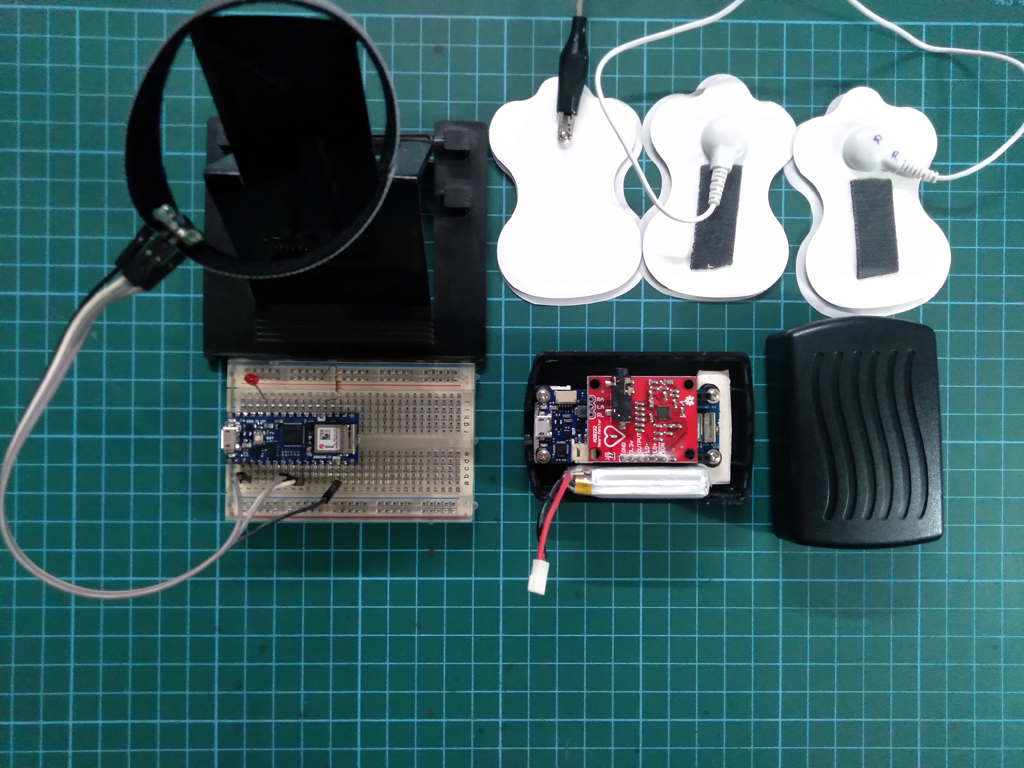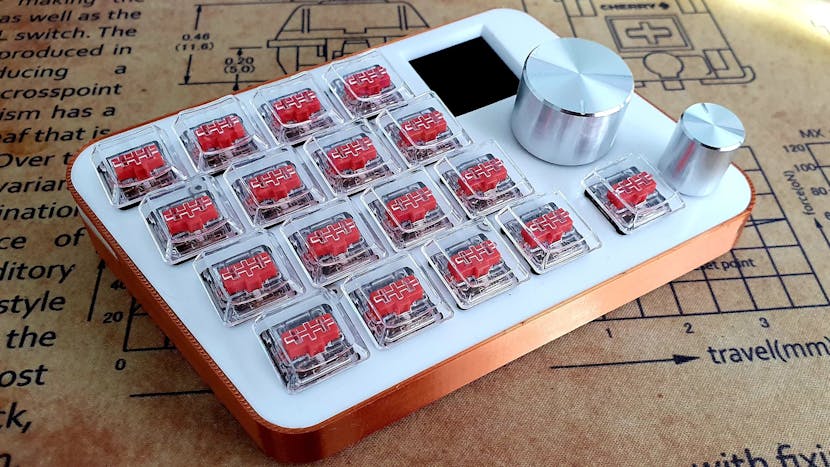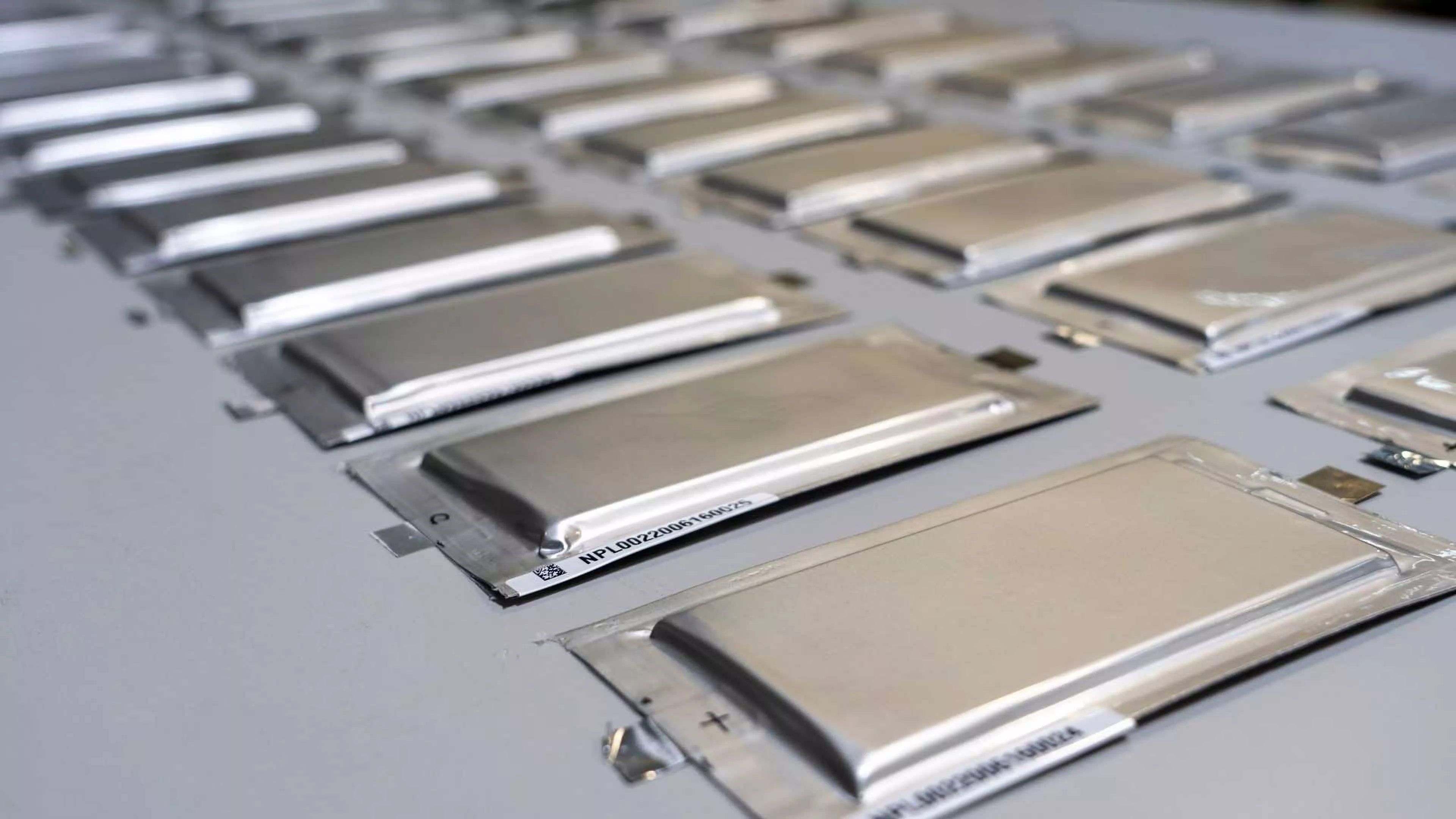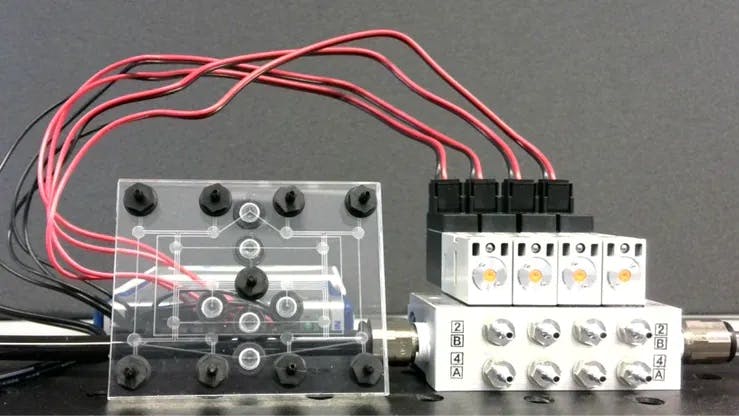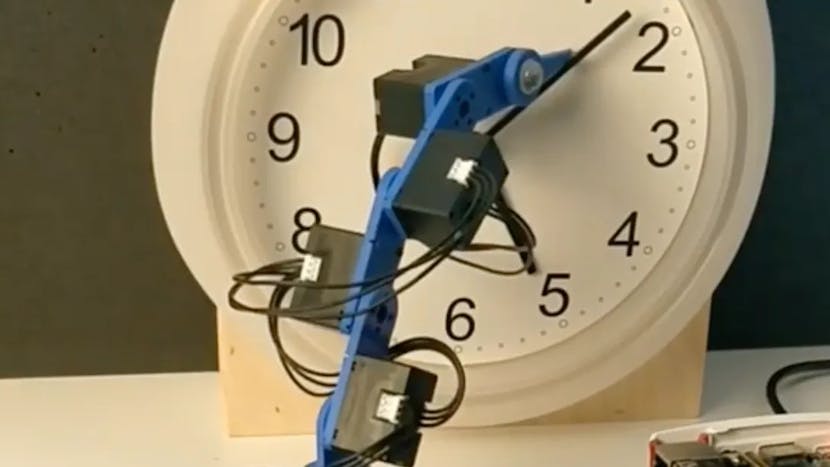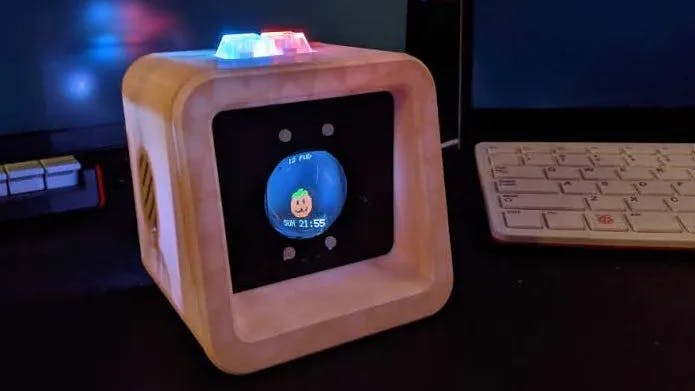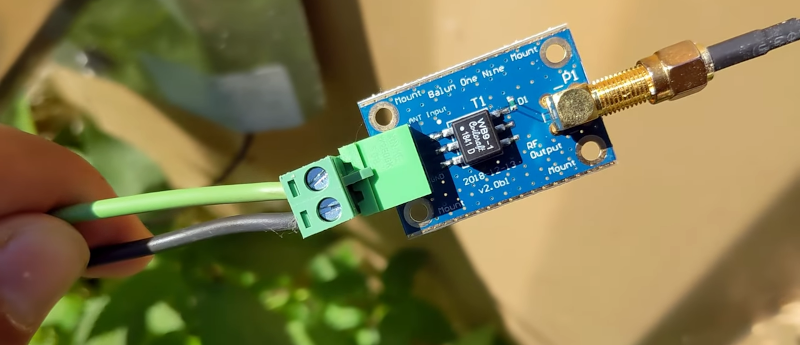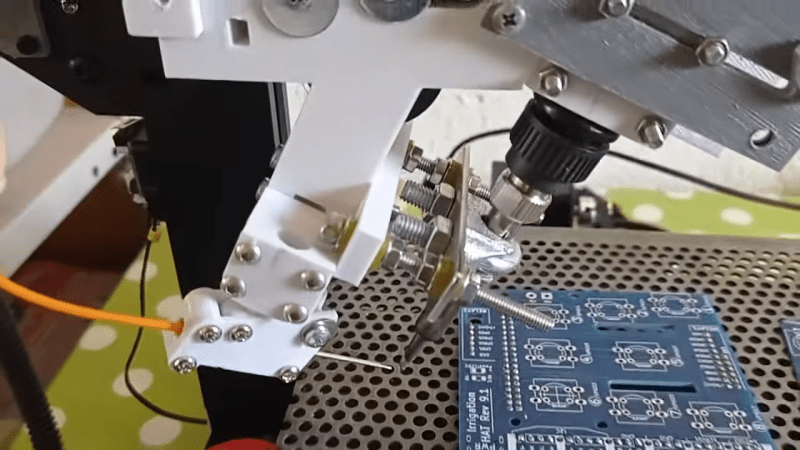When The Simpsons first appeared, we were all watching it on CRT televisions, many of which probably weren’t widescreen. Oh how times have changed, but someone has created the classic Simpsons viewing experience using a miniature reproduction of the famous family’s own TV.
Reddit users buba447 posted a video of his replica Simpsons TV, which looks exactly like the TV found in the cartoon family’s home. It uses a 640-by-480 TFT panel and is housed in a 3D-printed casing. Inside is a Raspberry Pi Zero running Jesse Lite and a 32GB SD card containing 11 seasons of the show to watch.


